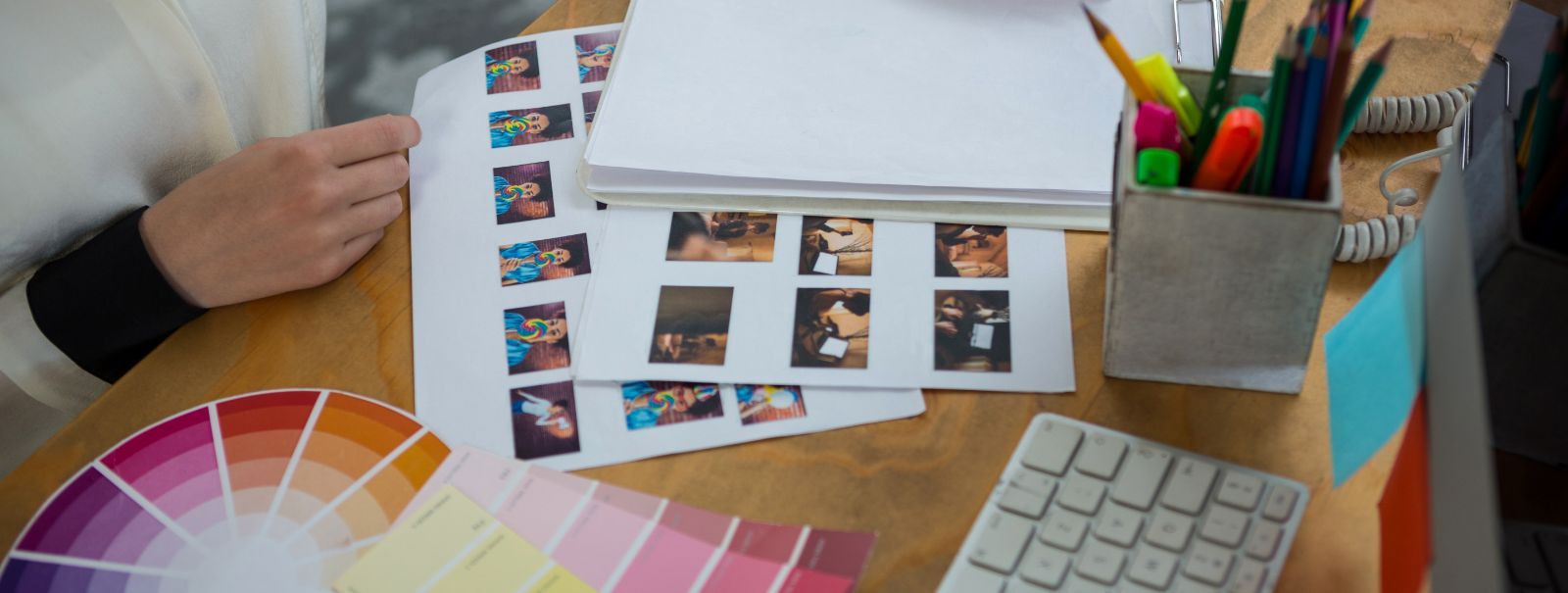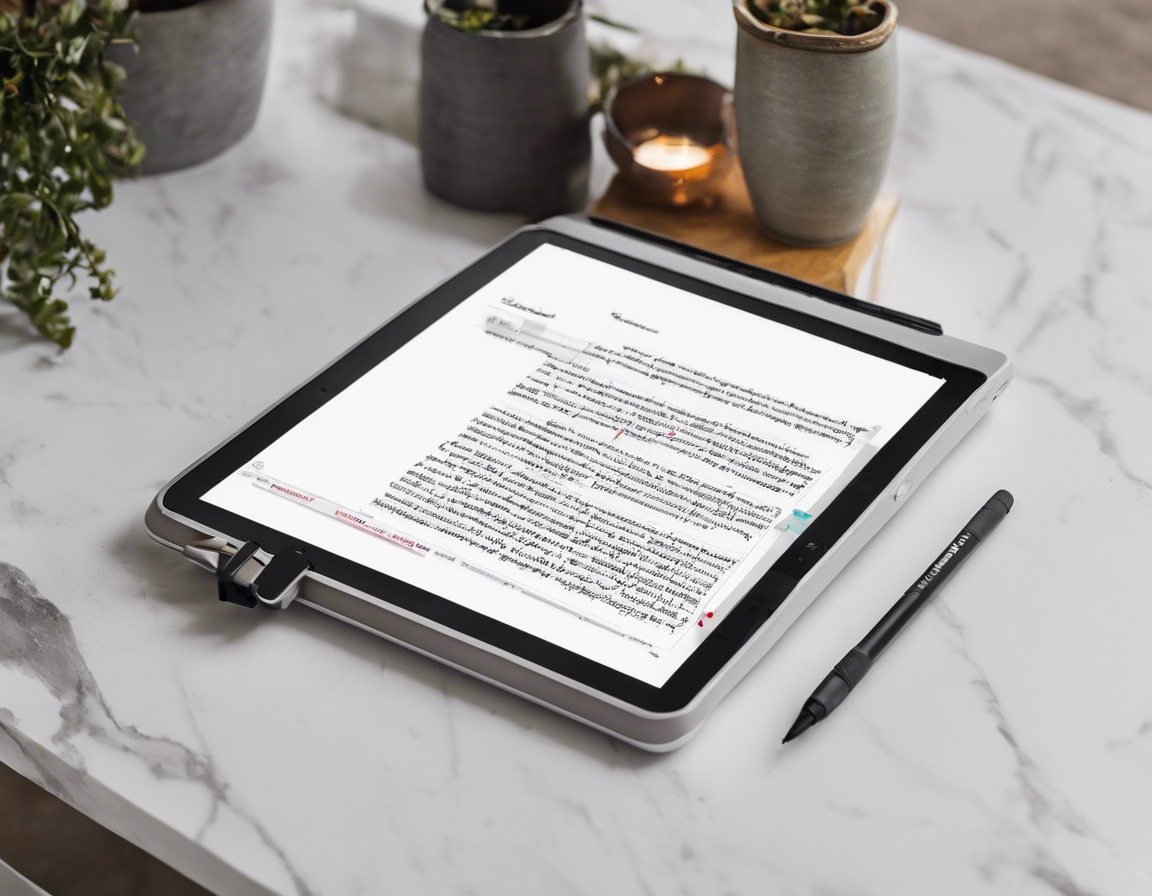5 ways automation is changing the graphic design industry
The graphic design industry is undergoing a significant transformation, thanks to the advent of automation technologies. These advancements are not only enhancing the capabilities of designers but also reshaping the way the industry operates. In this post, we'll explore five key ways in which automation is changing the graphic design landscape, offering both opportunities and challenges for professionals in the field.
1. Streamlined Design Processes
Automation has made it possible for designers to use templates and pre-design elements to kick-start their projects. This not only saves time but also ensures a level of consistency and quality in the initial stages of design. Tools that offer libraries of customizable templates can significantly reduce the time spent on creating layouts from scratch.
Automated workflow systems are revolutionizing project management within the graphic design industry. These systems can track project progress, automate repetitive tasks, and facilitate communication between team members, leading to a more efficient design process.
2. Enhanced Precision and Consistency
Automation tools have become indispensable for managing fonts and colors accurately. They ensure that the correct fonts and color palettes are used consistently across various documents and platforms, which is crucial for maintaining brand identity.
With the help of automation, designers can ensure that branding is consistent across all digital and print media. This is particularly important for marketing agencies and publishing companies that manage multiple brands and need to maintain a uniform appearance across all materials.
3. Accelerated Production Times
Batch processing and scripting can automate repetitive tasks such as resizing images, applying filters, and exporting files in different formats. This not only speeds up the production process but also allows designers to focus on more creative aspects of their work.
Real-time collaboration tools enable designers to work together simultaneously on the same project from different locations. This aspect of automation is particularly beneficial for teams that are geographically dispersed, as it helps in reducing the time taken for feedback and revisions.
4. Data-Driven Design Decisions
By integrating with analytics tools, designers can make informed decisions based on user data and feedback. This leads to designs that are not only aesthetically pleasing but also optimized for performance and user engagement.
Automation enables the use of variable data to create personalized content for individual users. This is a game-changer for marketing campaigns, as it allows for the creation of customized designs at scale, enhancing the user experience and increasing engagement.
5. Cost Reduction and Resource Optimization
Automation reduces the need for manual labor in tasks such as proofreading, preflighting, and file packaging. This not only cuts costs but also minimizes the risk of human error, leading to a more reliable production process.
Cloud-based design tools offer the benefits of automation while also providing the flexibility to work from anywhere. They often come with subscription models that can be more cost-effective than traditional software, making high-quality design tools more accessible to a wider range of professionals.






Comments (0)